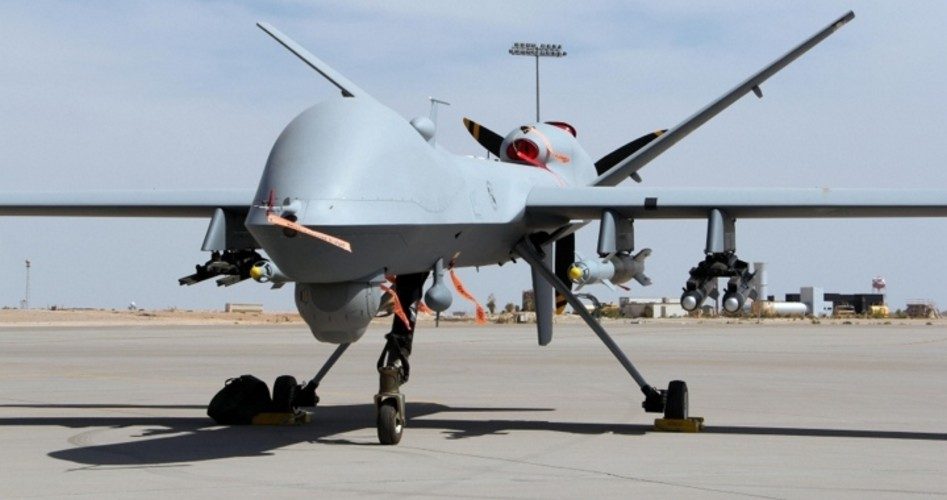
The German magazine Der Spiegel has published a revealing exposé about the loose standards by which the the Obama administration assassinated people, including many non-combatants, in Afghanistan. The December 28 story documented a quick-to-assassinate tendency which took the form of readiness to loosely classify anyone in the drug trade as a legitimate assassination target, as well as a readiness to accept large numbers of civilian casualties.
The Obama administration accelerated the 2008 decision by the Bush administration to extend the war on terror to the drug war. “In the opinion of American commanders like Bantz John Craddock,” Der Spiegel reported, “there was no need to prove that drug money was being funneled to the Taliban to declare farmers, couriers and dealers as legitimate targets of NATO strikes.” The result was that many people who made the assassination list — hundreds of people at any time — were often several layers removed from actual Taliban terrorists, and may even have been unaware they were financing the Taliban.
The merging of the “war on drugs” with the “war on terror” in Afghanistan was premised upon the finding that $300 million annually in the drug trade was transferred to the Taliban, according to U.S. military signals intelligence (SIGINT) conclusions. Thus, Der Spiegel reported that by 2008, “80% of all counternarcotics operations were now SIGINT-driven.”
U.S. military officials also readily accepted civilian casualties, although military headquarters had to approve civilian casualties if the numbers were expected to be large. “The rule of thumb was that when there was estimated collateral damage of up to 10 civilians, the ISAF commander in Kabul was to decide whether the risk was justifiable,” Der Spiegel said, quoting an ISAF [International Security Assistance Force] officer with longtime first-hand knowledge of the assassination list.
The list itself contained some 669 targets in August 2010, but not all of the names on the list were designated for assassination. Some were either on the watchlist or listed as capture only. Der Spiegel published the actual list of names from August 2010, likely from documents obtained by NSA whistleblower Edward Snowden. According to the magazine, “The list, which included up to 750 people at times, proves for the first time that NATO didn’t just target the Taliban leadership, but also eliminated mid- and lower-level members of the group on a large scale. Some Afghans were only on the list because, as drug dealers, they were allegedly supporting the insurgents.”
Getting on the list was not a difficult task, said Der Spiegel. “The documents suggest that sometimes locating a mobile phone was all it took to set the military machinery in motion. The search for the Taliban phone signals was ‘central to the success of operations,’ states a secret British report from October 2010.” The quickness to add a person led to mistaken targets as well as secondary “collateral damage” deaths, according to the magazine, which wondered: “Can a democracy be allowed to kill its enemies in a targeted manner when the objective is not to prevent an imminent attack? And does the goal of eliminating as many Taliban as possible justify killing innocent bystanders?”
The exposé also has political and legal repercussions in Britain: the part of the 14-Eyes program of European and Anglo-American allies who pool intelligence for prosecuting a war against the Taliban in Afghanistan. “The British government has repeatedly stated that it is not pursuing targets in Pakistan and not doing air strikes on Pakistani territory,” says attorney Jennifer Gibson of the U.K.’s human rights charity Reprieve. But Der Spiegel documents revealed that the British were involved in Pakistani drone strikes along with the Americans.
Der Spiegel was one of the partners that worked with investigative journalist Glenn Greenwald and NSA whistleblower Edward Snowden on the NSA’s ongoing violations of the U.S. Constitution through warrantless surveillance of Americans. The magazinel also published on December 28 a longer exposé on NSA attempts to decrypt private messages, from Skype and Facebook (totally successful) to PGP and OTR encrypted files (NSA still working on it).
Photo of MQ-9 Reaper drone: AP Images



